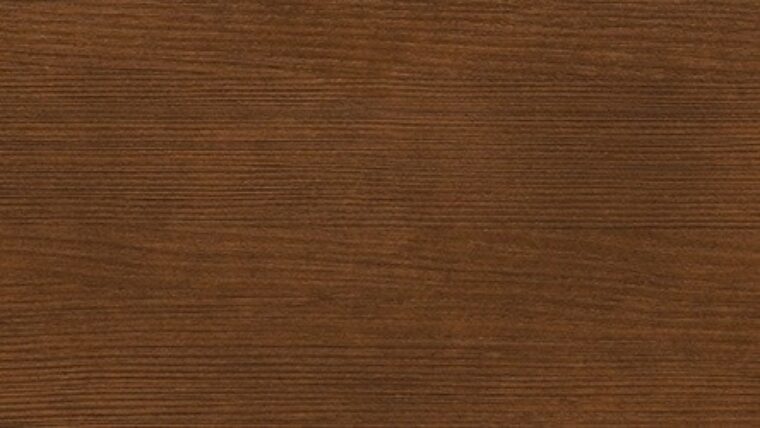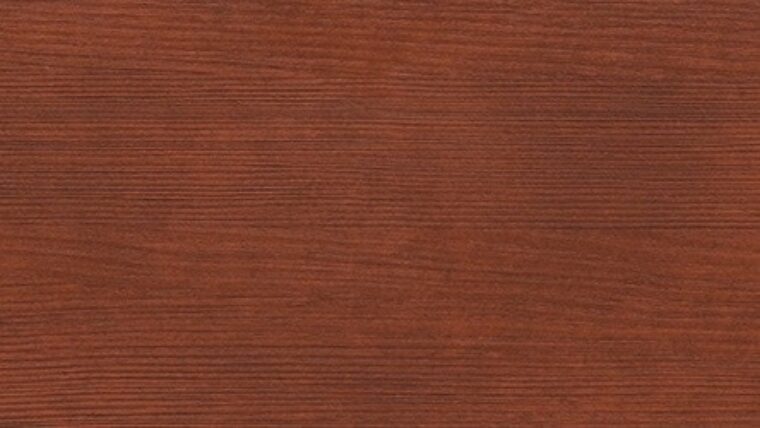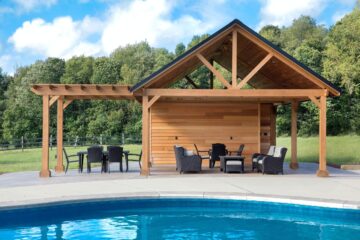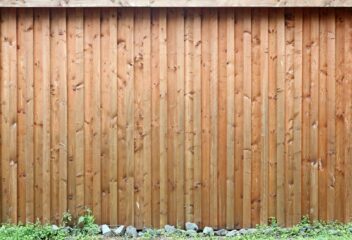
Many people enjoy the look of pressure-treated wood, but they may not know the best way to stain it. Pressure-treated wood is usually made from pine and is often used for decks and other outdoor projects. One reason that pressure-treated wood is so popular is that it is resistant to rot and insects. However, this also means it can be difficult to stain.
This article will cover some helpful tips for staining pressure-treated wood and some new colors that can make your projects look spectacular.
What is Pressure-treated Wood?
Pressure-treated wood is wood treated with a chemical solution to help it resist rot and decay. The most common type of pressure-treated wood is pine, which has been treated with a copper-based preservative. Pressure-treated wood is often used for outdoor projects like decks and fences, as well as for building structures like sheds and playhouses.
While pressure-treated wood is more resistant to the elements than untreated wood, it still needs to be properly maintained. This means regular cleaning and sealing to prevent the lumber from warping, cracking or splintering.

Get Started with ZAR
What Are Applications for Pressure-treated Wood?
Posts for Pergolas, Sheds and Chicken Coops

One of the most popular uses for pressure-treated wood is as support members for pergolas, sheds and chicken coops. Most treatment processes today allow direct contact with the soil, while still providing 25 years or more of protection.
Decking

While cedar and redwood are often used as decking on the west coast, pressure-treated wood is still the primary choice for most homeowners. Competitively priced and widely available, treated wood decking performs exceptionally well under most weather conditions.
Retaining Walls and Fences

Another practical application for pressure-treated wood is the construction of retaining walls or fences. Able to withstand direct contact with the soil, dimensional treated lumber in 2‑inch, 4‑inch, 6‑inch and 8‑inch thicknesses can be installed by most weekend warriors and are easier to work with than some masonry products.
Can Pressure-treated Wood Be Stained?
The chemicals in the treatment can react with some stains, causing them to turn yellow or brown. In addition, the treatment can prevent stains from penetrating the wood, resulting in an uneven finish. The best solution is to use a stain formulated for use with pressure-treated wood.
There are a few options for staining pressure-treated wood. One is to use a semi-transparent deck stain, which will allow some of the wood’s natural grain to show through. Another is to use a solid-color deck stain, which will provide a more uniform look. You can also opt for a clear sealer, which will protect the wood without changing its color.
Whichever option you choose, be sure to follow the manufacturer’s instructions carefully to ensure the best possible results.
8 Stain Color Options for Pressure-treated Wood

1. Barnboard

When it comes to semi-transparent stains, Barnboard presents as a light silvery brown. The level of pigment in the stain will determine the final color of the wood. If you like the look of old weathered barns, this is an excellent choice.
2. Black Walnut

Black Walnut is a beautiful, semi-transparent stain perfect for various applications. Whether you’re staining a deck, fence or siding, black walnut will give your project a rich, warm look. The semi-transparent nature of the stain means it will allow some of the wood grain to show through, giving your project a unique look.
3. Cedar

If you’re considering a semi-transparent stain for your deck or other outdoor wood projects, Cedar is a great option. It has a natural reddish-orange hue that can enhance the appearance of your wood without masking its grain. When choosing a semi-transparent stain, be sure to select one labeled for decks and other wood surfaces.
4. Oak Brown

A soft, medium brown color with dark yellow or red undertones. It closely resembles the color of a penny. It is an excellent choice for a beige and brown color scheme.
5. Rustic Brown

Rustic Brown is a deep, rich color that evokes feelings of warmth and coziness. It’s often used in country-style décor because it has a casual, down-to-earth vibe. Rustic brown can also be used to create an antique look, as it resembles the patina of aged metal. While it is a bold color, rustic brown can be subdued by pairing it with neutral hues like white or cream.
6. Sedona Red

Sedona Red is a beautiful, rich color that is perfect for staining pressure-treated wood. It’s a deep, reddish hue that resembles the color of the Sedona landscape. Additionally, it’s a great color for home accents, such as porch rails or shutters.
7. Cordovan Brown (NEW)

Cordovan Brown is a rich, dark shade of brown that looks almost black in certain lighting conditions. It is commonly used in staining pressure-treated wood because it helps bring out the natural grain of the wood. Cordovan brown is also popular in flooring and furniture applications.
8. Emerald Gray (NEW)

Emerald Gray is a semi-transparent stain with a hint of green. It’s perfect for those who want to add a touch of color to their home without going too bold. The best thing about it is that it’s versatile and can be used on various surfaces. You can use it on your deck, porch or even your patio furniture.
Find the Best Stain Colors for Pressure-treated Wood with ZAR
Looking for the best stain colors for pressure-treated wood? ZAR has you covered!
Our line of exterior stain products is designed to work with most wood, including pressure-treated lumber and T‑111, so you can get the perfect finish every time. Contact us today to learn more about our products and find a store near you.



